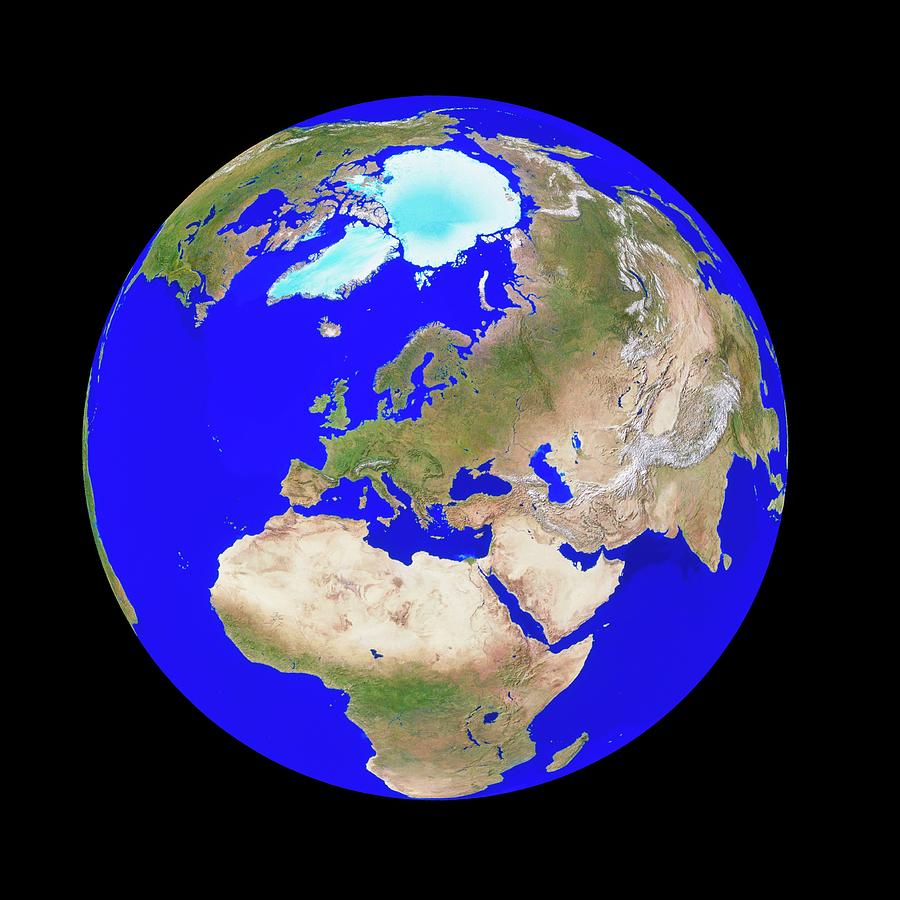

The discovery of the small rocky island was important as it demonstrated to Earth observation researchers how small of a land mass satellite technology at the time could capture. The red areas are vegetation and grays and whites are urban areas.įun fact: An analysis of Landsat 1 images led to the discovery of a small island off the coast of Labrador, Canada. Landsat 1 captured this false-color satellite imager of Fort Worth Texas on July 25, 1972. 14 times a day, Landsat 1 circled the Earth. Landsat 1 orbited the Earth at 917 km (570 mi) in a sun-synchronous, near-polar orbit. Originally designed to be in space for one year, Landsat 1 lasted six years before it was decommissioned on January 6, 1978.

The first Landsat satellite was launched on Jand was originally named Earth Resources Technology Satellite (ERTS-1). Landsat 1 satellite imagery (left) from 1972 and Landsat 8 satellite imagery (right) from 2016 of the Silicon Valley in Northern California.

The image on the left is Landsat 1 imagery acquired in 1972 and the image on the left is Landsat 8 imagery acquired in 2016. These two images show the improvement in image resolution and data sensor quality in Landsat imagery of the Silicon Valley which is located in Northern California. Over the past 50 years of the Landsat satellite program being in operation, more than 10 million satellite images of the Earth have been acquired. Since the first satellite images from Landsat 1 in 1972, multiple Landsat satellites have been launched with the ability to take increasingly detailed pictures of our world. When was the first Landsat satellite launched? The data collected by Landsat satellites is used for a variety of purposes, including environmental monitoring, disaster response, and land-use planning. The purpose of Landsat satellites is to collect data about the Earth’s surface, including information about the vegetation, soil, and water. Landsat is a series of Earth-observing satellite missions jointly managed by NASA and the US Geological Survey. The Earth imaging program, which was initially created to investigate the landmasses of Earth, has since contributed to a variety of subjects, spanning from the natural to the social sciences. With satellites in orbit since 1972, the Landsat program is the longest running Earth observation program.


 0 kommentar(er)
0 kommentar(er)
